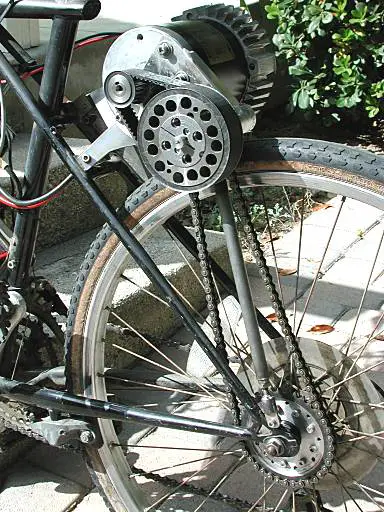Trimming a beard with scissors may sound old-fashioned in an era dominated by electric trimmers, but there’s something undeniably satisfying about the precision, control, and craftsmanship it offers. Whether you’re aiming for a neat, sculpted look or just maintaining some natural scruff, scissors are a great tool to have in your grooming arsenal. Plus, there’s a timeless appeal in doing things the classic way. Here’s how to master the art of trimming your beard with scissors.
1. Choose the Right Scissors
The first step is selecting the right tool for the job. Regular kitchen scissors or craft shears won’t cut it (pun intended). Invest in a good pair of professional barber or grooming scissors. These are specifically designed to trim facial hair with precision, featuring sharp blades and a small size that makes them easier to maneuver around the contours of your face.
2. Start with a Clean, Dry Beard
Before you even think about snipping, it’s essential to start with a clean slate. Wash your beard thoroughly with a mild beard shampoo to remove any dirt, oils, or styling products. After rinsing, pat it dry with a towel and let it air dry completely. Wet hair stretches and appears longer, which can lead to trimming more than you intended. Dry hair gives a true representation of your beard’s length.
3. Comb Through Your Beard
Once your beard is clean and dry, grab a fine-toothed comb and gently detangle it. Combing helps straighten the hairs, ensuring they’re aligned for an even cut. It also allows you to spot any inconsistencies in length or density that need attention. Make sure to comb in the direction of your natural growth to avoid accidental over-trimming.
4. Decide on the Shape and Length
Before you begin cutting, it’s important to have a clear vision of your desired beard shape and length. Do you want to keep it full and natural or go for a more sculpted look? For those with fuller beards, focus on reducing bulk and creating an even shape. If your beard is shorter, you may want to refine the edges and keep things crisp.
Pro tip: Always err on the side of caution—start by trimming small amounts. You can always take more off, but once you’ve cut too much, there’s no going back.
5. Trim Slowly and Evenly
Now, it’s time to trim. Begin by holding the scissors parallel to your face and use the comb as a guide for length. You can cut the hair that protrudes from the comb, working slowly and evenly to avoid drastic changes.
- Start at the sides: Begin trimming at the sides of your face, where the beard is typically the thickest. Snip small sections of hair, using the comb to pull the hair away from your face as you trim. This ensures a more consistent cut.
- Work your way down: Gradually work your way down toward your chin and mustache area, trimming with short, controlled snips. Again, remember to go slow and be patient.
- Focus on symmetry: A common mistake is trimming one side more than the other. Periodically step back from the mirror to check your progress from different angles, ensuring that both sides are even.
6. Pay Attention to the Mustache
The mustache can be tricky because it often grows in different directions than the rest of the beard. Comb your mustache hairs down over your lip and carefully trim along the lip line to keep it neat. If you prefer a bushier mustache, just snip away the stray hairs that might be hanging over your upper lip.
7. Tidy Up the Edges
Once you’ve trimmed the bulk of your beard, it’s time to tidy up the edges for a crisp, finished look. Using the tip of your scissors, carefully snip away any stray hairs along your cheeks, jawline, and neckline. Keep in mind that a natural finish often looks better than a harsh line, so don’t overdo it.
8. Moisturize and Condition
After you’ve finished trimming, your beard deserves a little TLC. Apply a quality beard oil or balm to keep the hair soft, hydrated, and manageable. This will not only condition the hair but also nourish the skin underneath, preventing any irritation after trimming. Plus, it adds a healthy shine that enhances your beard’s appearance.
Bonus Tips for Success
- Use a Mirror with Good Lighting: Adequate lighting helps you see the fine details, and a mirror with magnification can be handy when trimming small areas, like your mustache or the edges of your beard.
- Be Patient: Beard trimming with scissors requires a bit more time and care than using clippers. Don’t rush the process, especially if you’re new to it.
- Regular Maintenance: Scissors are perfect for regular touch-ups and maintenance between full grooming sessions. Regularly trimming away split ends and stray hairs will keep your beard looking sharp and healthy.
Conclusion
Trimming your beard with scissors is an art that allows you to customize your look with unmatched precision and control. While it may take a bit more effort than using an electric trimmer, the results can be incredibly rewarding. With the right tools, technique, and a little bit of patience, you can master this classic grooming skill and achieve a beard that looks both well-groomed and naturally stylish. So, grab your scissors and start snipping your way to beard perfection!








